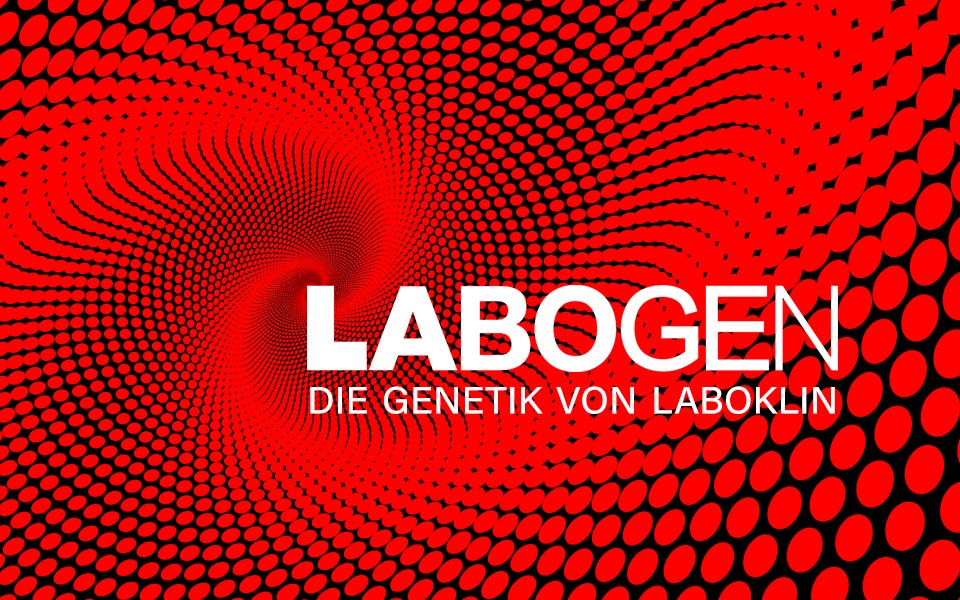DNA Profile – HORSE
- Home
- DNA Profiling
- DNA Profile – HORSE
DNA Profile Horse
General description
The DNA profile of horses is based on variable DNA segments that differ in length. These microsatellites result in a unique profile for each animal, which is also known as a genetic fingerprint. The DNA profile is unique with a probability of over 99.99%, with the exception of monozygotic multiples. It therefore serves to identify an animal beyond doubt and is also the basis for parentage analysis. To create the DNA profile, 17 STR markers are analysed in accordance with the ISAG guidelines, which are internationally comparable. All profiles are stored in our DNA database.
Breeds
All breeds
Order details
| Test number | 8607 |
| Trivial name | Genetic fingerprint |
| Sample material | 0.5 ml EDTA blood, mane or tail hair (pulled out with hair root) |
| Test duration | 14-21 working days |
Test specifications
| Marker | 17 STRs |
| Standard | ISAG |
Detailed description
The horse DNA profile is the genetic fingerprint of your animal. It cannot be manipulated or lost, remains unchanged for a lifetime and enables the individual to be clearly identified (e.g. for breeding licensing, in the event of a legal dispute, for a paternity test). All DNA profiles are stored in our DNA database to ensure continuous availability. The DNA profile is unique with a probability of greater than 99.99%.
The principle of DNA profiling is based on the examination of highly variable DNA segments (microsatellites) that differ in length between individuals (length polymorphism). The combination of all microsatellites results in a unique DNA profile for each individual.
The DNA profile for horses is created in accordance with the ISAG guidelines (International Society for Animal Genetics), which enables international comparability between DNA profiles from different laboratories. For the horse DNA profile, 17 microsatellite markers, also known as STR markers (short tandem repeats), are analysed.
To prepare a DNA profile, the animal’s genetic material (DNA) is first isolated from nucleated cells. The areas of DNA to be analysed are then amplified millions of times using the polymerase chain reaction (PCR). The length of the microsatellites can be determined by computer-aided analysis in the “Genetic Analyzer”. This data is then used to create an individual, reproducible numerical formula for each animal.
ISAG Compariston Test Certificate STR Horse




